I am trying to write a function that shows whether there are consecutive 8s in a number. I have two different examples of this function. I have included the code and a ss from pythontutor to help visualize the environment diagram.
Function 1
def adj_eight(x):
if (x % 10) == 8 and (x % 10) == (x // 10 % 10):
print("True")
return True
elif x < 10:
print("False")
return False
else:
adj_eight(x // 10)
In this function, I do not see the return values on the screen, but the print values do show up. The only time the return value shows up is when the last 2 digits of the number are consecutive 8s (eg 2288)
Here is the environment diagram

Function 2
def has_adjacent_8s(n):
last_digit = None # Initialize last_digit to None
while n > 0:
digit = n % 10 # Get the last digit of n
n //= 10 # Remove the last digit from n
if digit == 8 and last_digit == 8:
return True
last_digit = digit # Update last_digit for the next iteration
return False
This function does show the return value of True/False when executed.
Here is the environment diagram

Why is that and what is the difference between the 2? I don't understand why the first one doesn't show the return statements.